The Witcher: Blood Origin ending explained: your biggest questions answered
We break down all the major reveals at the end of The Witcher: Blood Origin
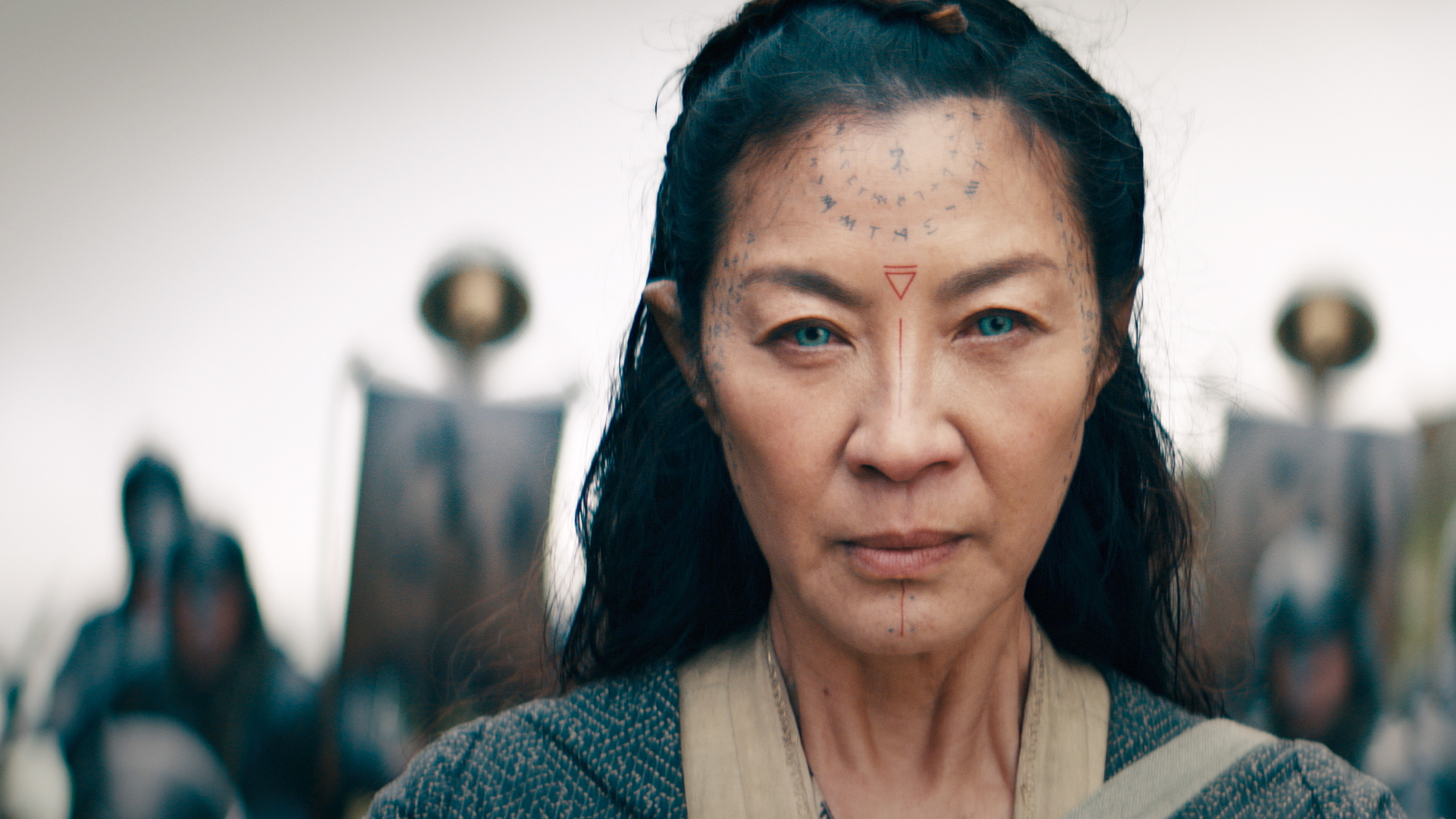
The Witcher: Blood Origin ending featured some big revelations as it brought the mini-series to a close. Not only did we find out the fates of the Seven, but there were some pivotal moments that are sure to impact the franchise going forward. Everything from prophecies to major character introductions dropped in the final 40 minutes, as well as some major hints about The Witcher season 3.
But with so much going on, it’s easy to have missed some of the revelations, and as the credits roll, we predict you may have a few more lingering questions of your own. That’s where we come in – we’ve taken a deep dive into the Blood Origin finale to recap all the major moments, and what they might mean. So whether you’ve just binged the series, or you’re preparing for a rewatch, you’re in the right place. Although, be warned, we will be getting into spoiler territory from here on out, so make sure you’ve seen all of The Witcher: Blood Origin before you read on.
The Witcher: Blood Origin ending explained *spoilers*
The finale begins in the wake of the Seven’s plan to bring down Merwyn (Mirren Mack) and her empire. After watching the band of misfits reluctantly team up over the first three episodes, they decide their best shot is to work together. They craft a plan that includes Fjall (Laurence O'Fuarain) taking the experimental witcher potion and Scian (Michelle Yeoh) trying to trick the empress into believing she's giving the him up to allow them entrance to the palace.
But before they even get to Xin'trea, Merwyn has put her own plan into action. She asks Balor (Lenny Henry) to open the gate to other worlds to begin her attempt to conquer, and in her own words, "civilize" them to expand her empire. Balor brings Eredin (Jacob Collins-Levy) and his men with him, as well as his confidante Fenrick (Amy Murray). However, it’s soon clear that this was a trap as he sacrifices Fenrick to gain the Chaos Magic he wanted. After getting his wish, he sends Eredin and his men through a portal where they will "burn for all eternity".
Meanwhile, the Seven are closing in on Xin'trea to complete Scian’s plan of bringing Fjall in exchange for her stolen sword, Soulrever. It’s not going to be an easy exchange though, given Fjall has already taken the witcher potion and Merwyn also doesn’t have any intention of letting Scian escape, ordering her death in the main square. Merwyn tries to explain to Fjall why she ordered the death of their families, inviting him to join her. However, he’s having none of it, calling her a monster before transforming into a witcher and killing all of her men.
The rest of the Seven – and Uthrok (Dylan Moran) – attack the guards of Xin'trea to try and convince the lowborn society to riot against their rulers and take the grain owed to them. Élie (Sophia Brown) realizes that the grain store is actually empty, but her speech has worked anyway as the townspeople sing her song of uprising back to her.
Scian lets them all into the palace and they head to destroy the monolith. But Élie has another target first: Merwyn. She locates her in the palace, stabbing her before telling her she can either be healed if she faces the truth of her actions or pull out the dagger and die a coward. Merwyn chooses the latter, dying on the throne with the crown on her head, as the uprising enters the room, intent on killing her.
Bringing all the latest movie news, features, and reviews to your inbox
All the while, Fjall has been facing Balor’s beast, which is where Élie finds him. We see the full extent of his gnarly witcher transformation – and it’s fair to say he’s no Geralt. This is a much rougher version of the monster hunter and s not able to control his own impulses.
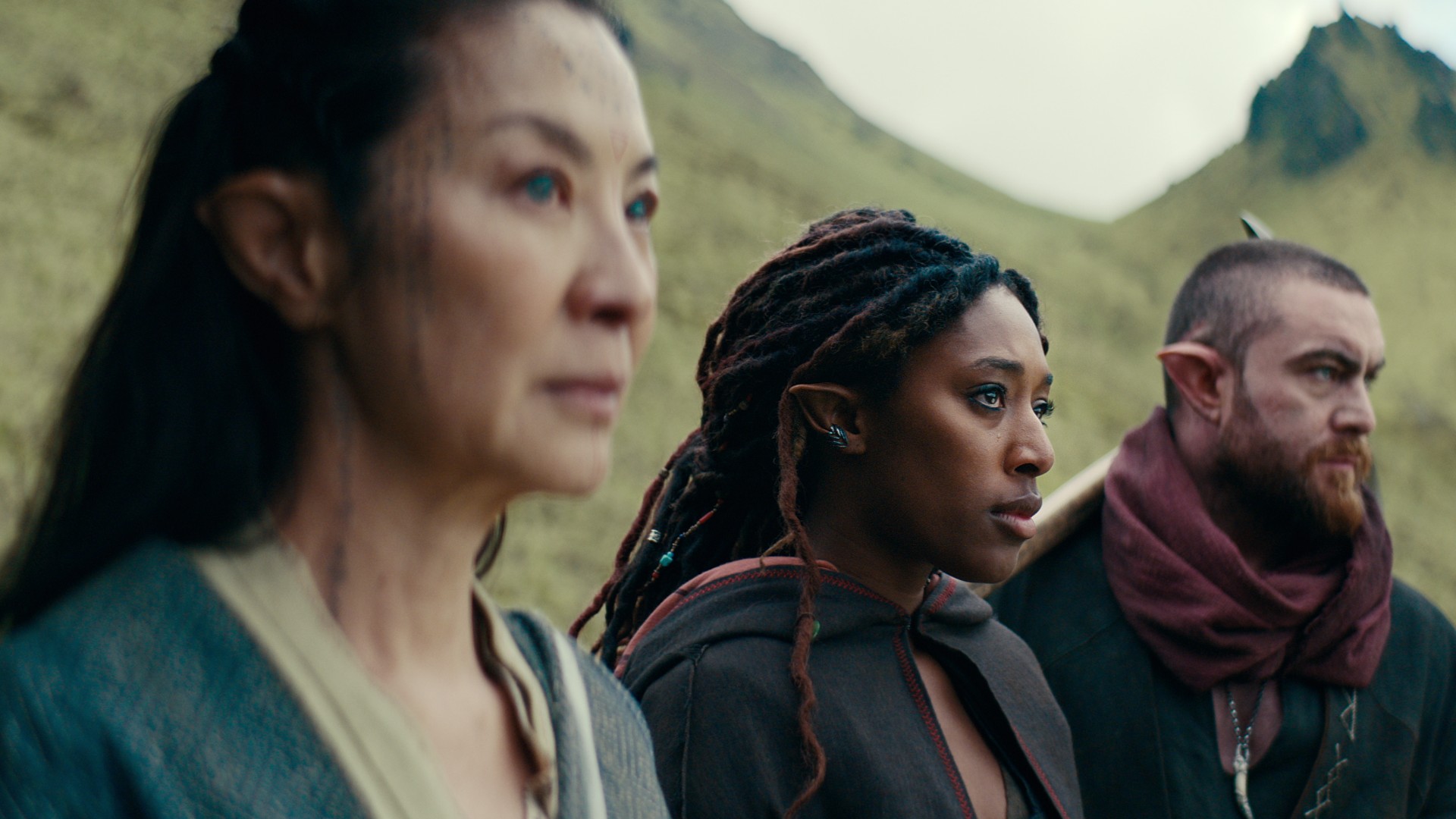
Fjall kills Uthrok, and seemingly takes out Brother Death (Huw Novelli) as well, leaving the rest of the warriors no choice but to try and kill him. The only thing that calms him is Élie singing to him, which allows her time to stab him in an act of mercy.
Back at the Monolith, Balor has returned with his new Chaos energy. Zacaré (Lizzie Annis) and Syndril (Zach Wyatt) try to stop him. Syndril plans to channel his magic into destroying the monolith, which he does – to some disastrous effects. The explosion shatters time and space, ripping open the veils between worlds. The worlds merge in something called the Conjunction of the Spheres. The aftermath of this sees humans arriving on the Elven continent, cast from their own world into this new place.
There are a few more interesting revelations, including that Brother Death has managed to survive Fjall’s attack. We also get a glimpse of where Eredin ended up – a fiery alternate reality where he sees what seems to be the skull helmet worn by the Wild Hunt. More on that later.
Meanwhile, the Lark sings a song to Fjall, before we skip to "six moons later" and she’s singing in Aevenien’s (Kerri Quinn) tavern. Élie is pregnant with Fjall’s child, and Aevenien’s daughter Ithlinne (Ella Schrey-Yeats) shares a prophecy about the unborn child, warning of their role in the end of the world.
The series ends with Jaskier (Joey Batey) hearing the prophecy repeated to him by Seanchai (Minnie Driver) before she urges him to "sing the song of the Seven". Before he can question her, Jaskier is back on the battlefield we saw in the prologue.
There’s one last surprise too: a mid-credits scene that shows a moment from way back in The Witcher episode one. We see Ciri (Freya Allan) playing dice with her friends before looking off in the distance at Avallac’h (Samuel Blenkin) standing there with the book of monoliths in his hands…
What does Ithlinne’s prophecy mean?
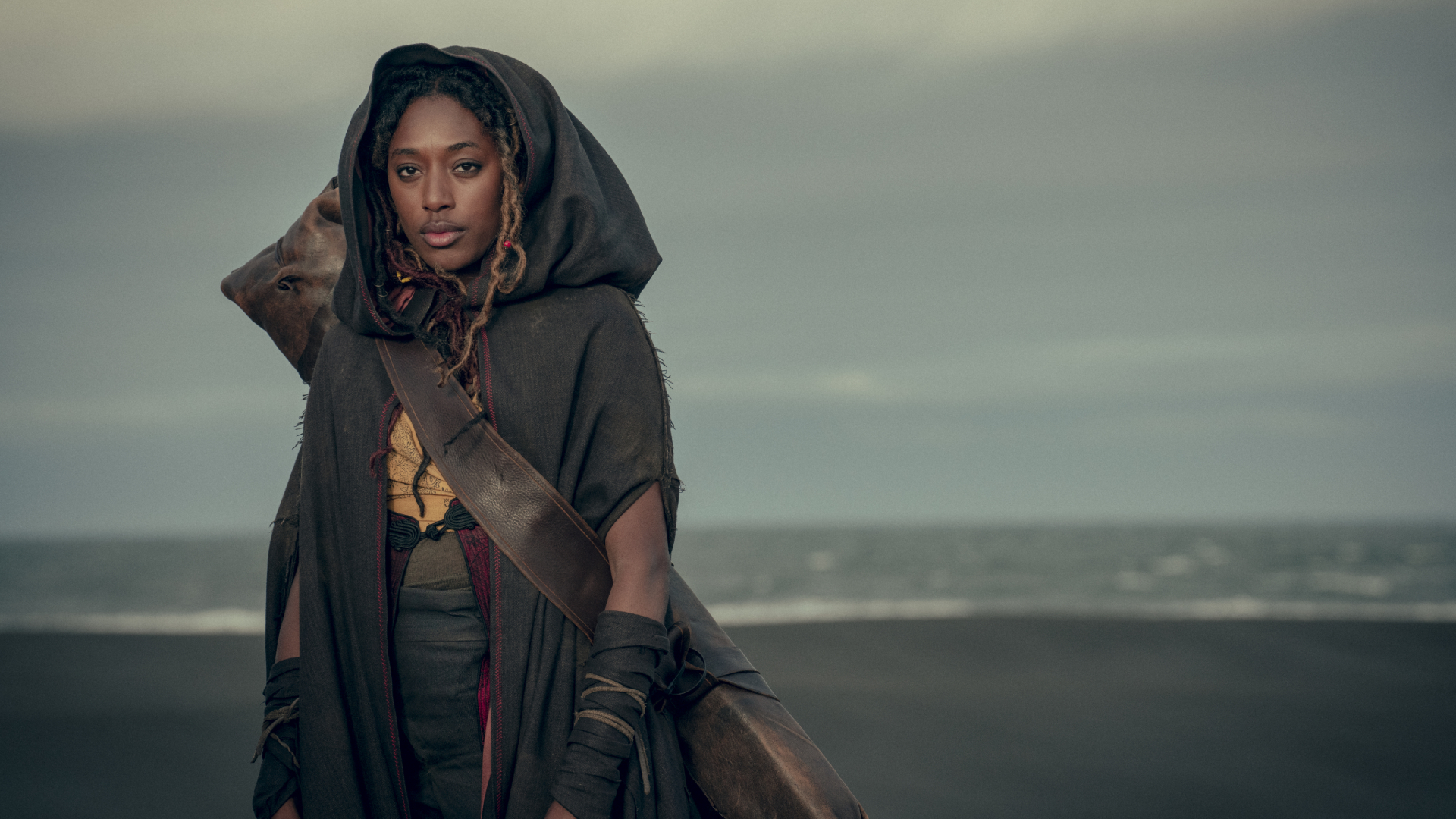
At the very end of the finale, Élie asks Ithlinne to share a prophecy for her unborn child. Placing her hand on her stomach, the young girl goes into a trance and tells her: "The time of the Spheres is upon us, Aen Seidhe lost across the skies. Cast adrift in time, ever searching for love, lost and left behind. The lark’s seed shall carry forth the first note of a song that ends all time, and one of her blood shall sing the last."
But just what does Ithlinne's prophecy mean? The most important part refers to the "lark’s seed" as it implies one of Élie's ancestors may bring about the end of the world. Now, we don’t know for sure who this is, but our best bet is that she’s referring to Ciri. Not only does she have elder blood, but book readers will also know she’s a big part of this prophecy in Andrzej Sapkowski’s novels.
Basically, the prediction of an apocalypse all spells bad news for Ciri and the Continent heading into The Witcher season 3 and beyond.
Who is the voice that speaks to Balor?
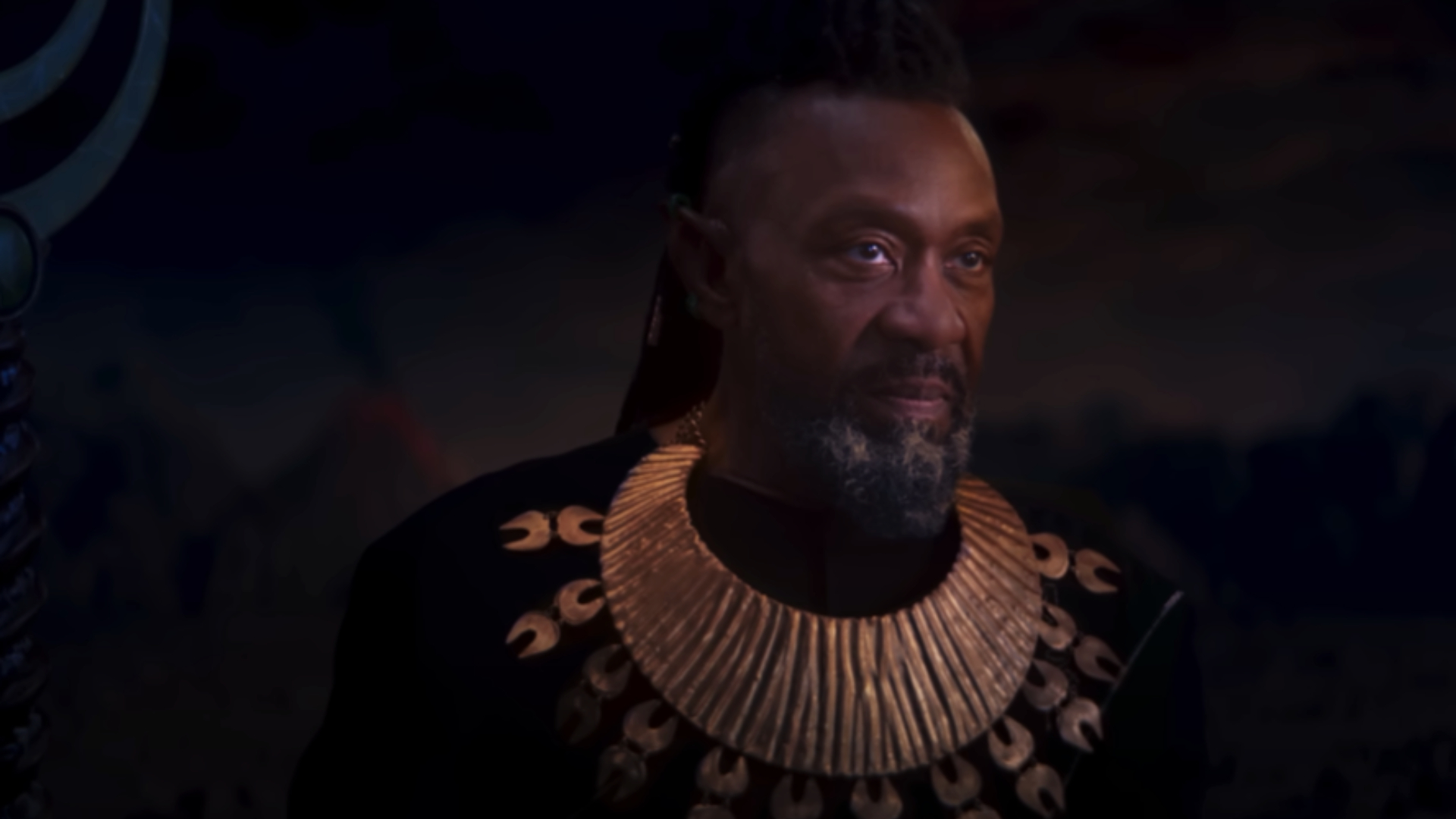
When Balor goes through the monolith, he’s lured by a female voice who tells him what he must do to achieve the chaos magic power he desires. However, it’s never explicitly revealed who exactly this is, and what their motives are. All we know is that in the credits, they are listed as the "Voice of Light" and they’re played by Hiftu Quasem. The actor is a rising star, best known for appearing in episodes of Killing Eve, The Nest and Endeavour. We’ll have to wait and see if the Voice of Light returns again in The Witcher universe.
Who dies in The Witcher: Blood Origin?
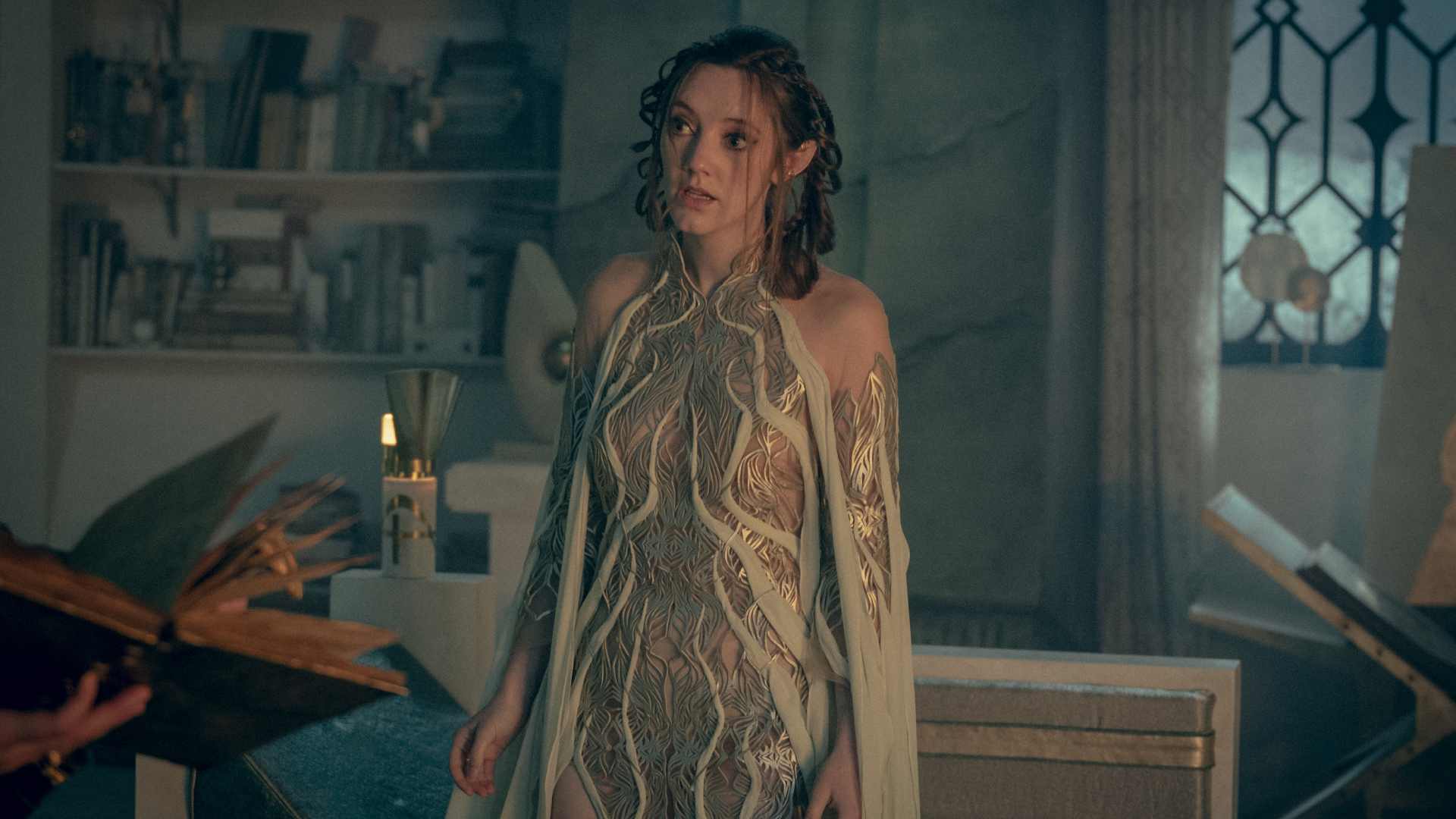
There are quite a few casualties, as well as a few near misses in the finale, so you’d be forgiven if you lost track of who lived and who died. Among the major casualties are Balor and Syndril, who die while destroying the monolith, and Merwyn who's stabbed. Fjall is also killed by Élie after his witcher transformation went horribly wrong, but not before he killed Uthrok.
What is the Conjunction of the Spheres, and why is it important?
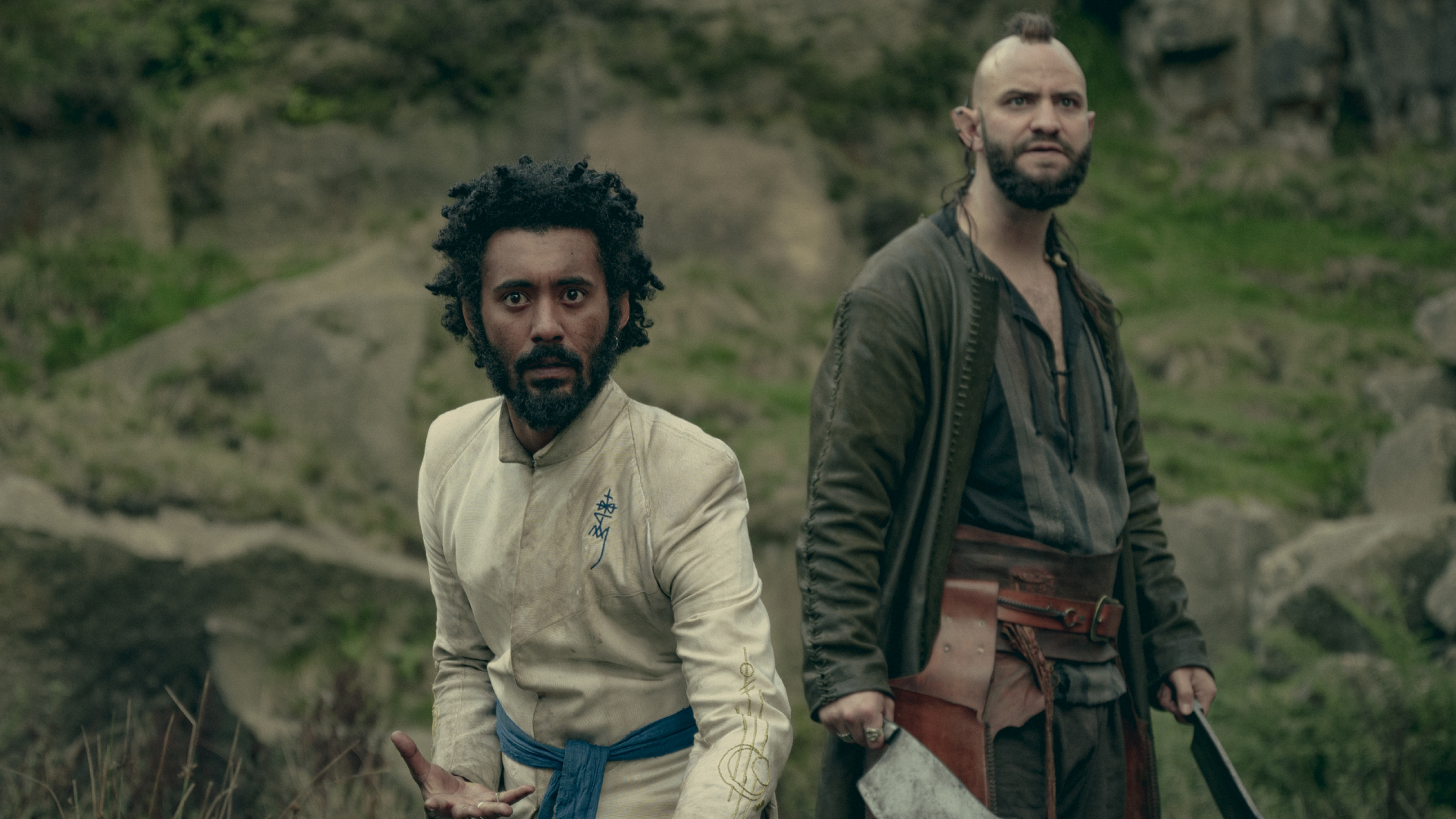
One of the biggest moments in the finale is the Conjunction of the Spheres. After Syndril and Balor destroyed the monolith, the explosion tore open the veils between worlds. This impacted the whole of the multiverse as it trapped monsters in their elven dimension, including vampires and ghouls, as well as introducing chaos magic.
It was also the time that the first humans arrived. The Dauk and the Wozgor people are the first to come after their own worlds were destroyed. Although, it’s important to note that these humans are different from the ones we meet in the main series of The Witcher. They’re the Nordling humans who settled on the Continent hundreds of years after the first humans arrived and are the ones who colonized this world, severely depleting the Elven population.
Where did Eredin go? What's his link to the Wild Hunt?
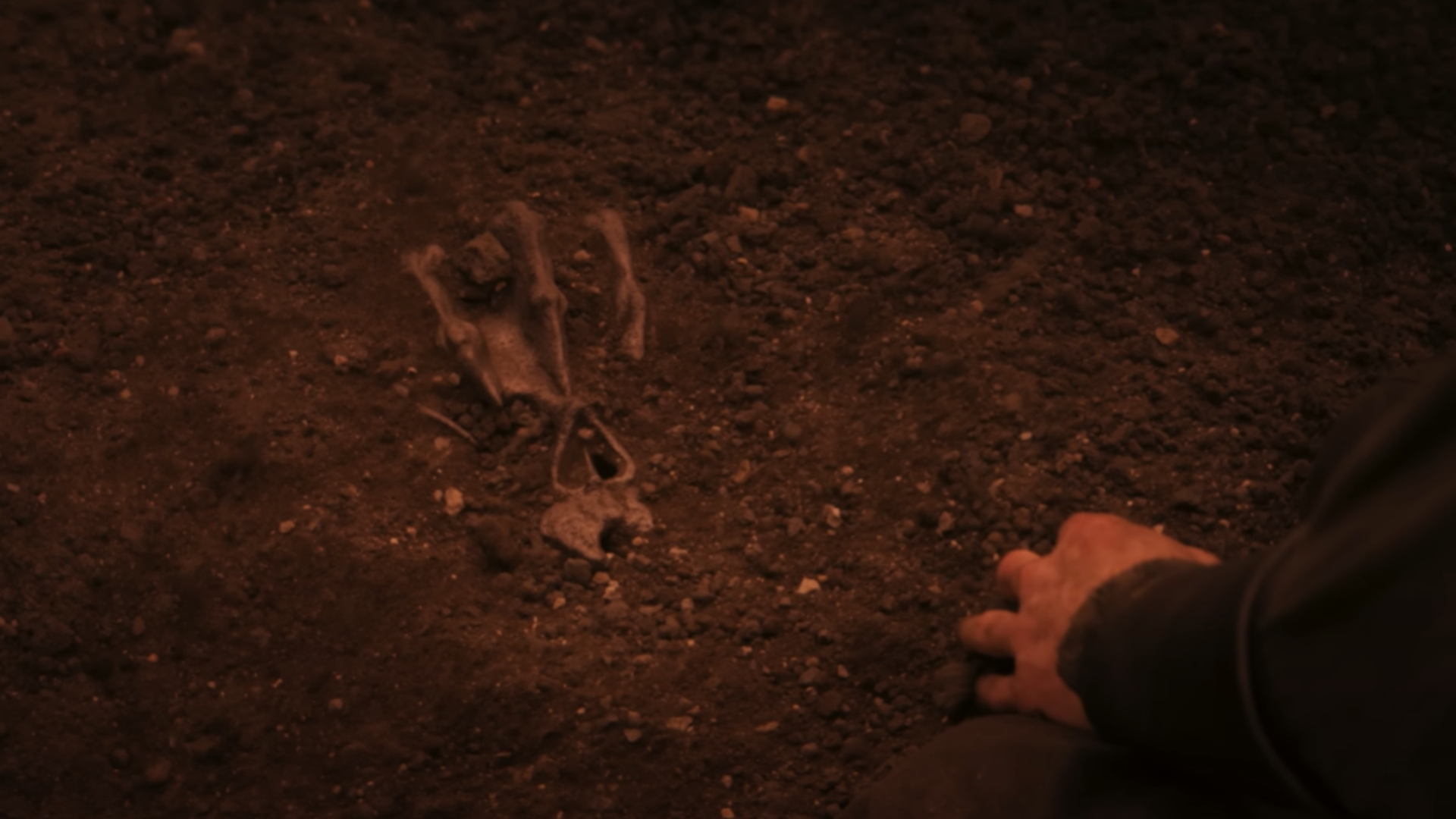
While fans of games will have had their eye on Eredin ever since he was introduced, it’s only at the end of Blood Origin that we get a glimpse of who he really is. In the Netflix show, he’s introduced as one of Balor’s right-hand men and a warrior for the palace of Xin’trea. However, after he goes through the monolith in the finale, he gets trapped in another dimension.
While his partner believes him dead, we see him picking up a skull that resembles the helmets worn by The Wild Hunt. We last saw the group of shadowy horseback riders when Yennefer, Geralt, and Ciri opened a portal to pull monsters through in The Witcher season 2 finale. The undead warriors bring destruction wherever they go, and it’s likely we’ll see them more in The Witcher season 3. Eredin is likely one of them, so we may see more of him in the future.
Of course, fans of the video game will know these shadowy figures a bit better as they’re the main antagonists of The Witcher 3: Wild Hunt. In that version, Eredin is their leader and plays a key role in trying to locate Ciri for nefarious purposes.
What happened to the other monoliths?

In the season finale, we see the main master monolith – Ard Gaeth – in Xin'trea destroyed. This is an act that tears a hole in the multiverse and causes the Conjunction of the Spheres. However, given that the monoliths are still around thousands of years later, during Geralt and Ciri’s time, it seems likely that the other obelisks were undamaged.
There’s only one other monolith shown in The Witcher: Blood Origin when Syndril and the Seven plan to use it to travel into the palace courtyard. It’s situated in the woods, but it’s not clear which of the monoliths this is.
Of course, they’re a big part of both The Witcher season 1 and season 2, where it was thought that they first appeared across the Continent after the Conjunction. However, given their inclusion in Blood Origin, it seems they’re actually from before that, but were likely left undiscovered or buried for some time.
Where exactly is Jaskier, and when do his scenes take place?
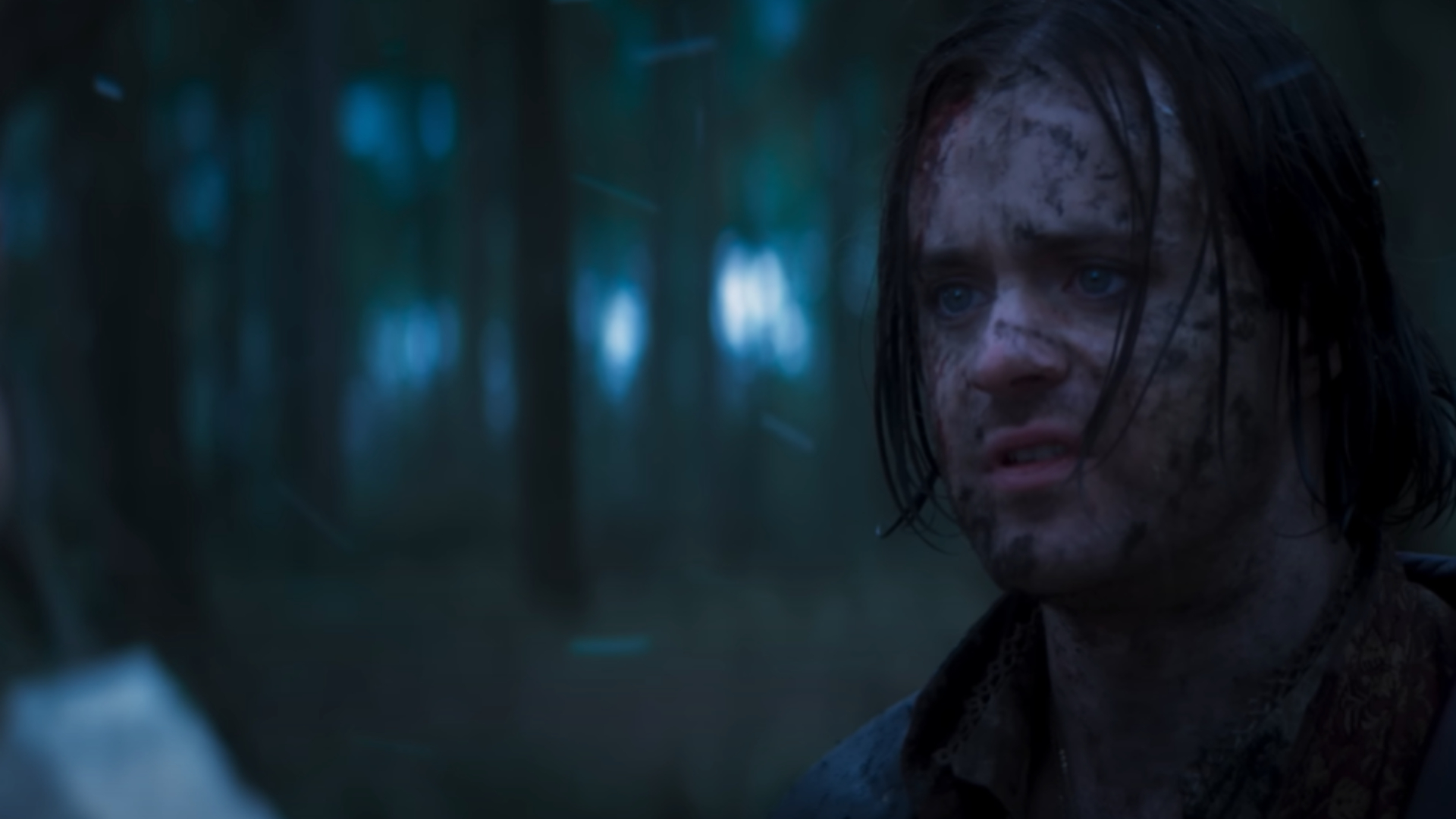
Jaskier’s story begins and ends The Witcher: Blood Origin as he’s given the pivotal task of retelling this story. However, it’s a bit confusing to work out exactly when and where we meet him. Luckily, actor Joey Batey explained what’s going on to GamesRadar+.
"He is in the middle of a huge battle that takes place roughly about six months before season three," he says. "So it's sort of between two and three, which was a little confusing for me at first because we originally shot the scene, and then we completely reshot it and changed everything. We changed the story and brought Minnie Driver in who plays this new character.
"Originally that took place between season one and season two. Then we just went, let's do it again, but bigger and louder and with more action involved. It acts as a little bit of knitwear between the seasons. So hopefully by the time you get to season three, there might be a couple of little links to Blood Origin."
What does the post-credits scene mean? What is Avallac’h’s discovery?
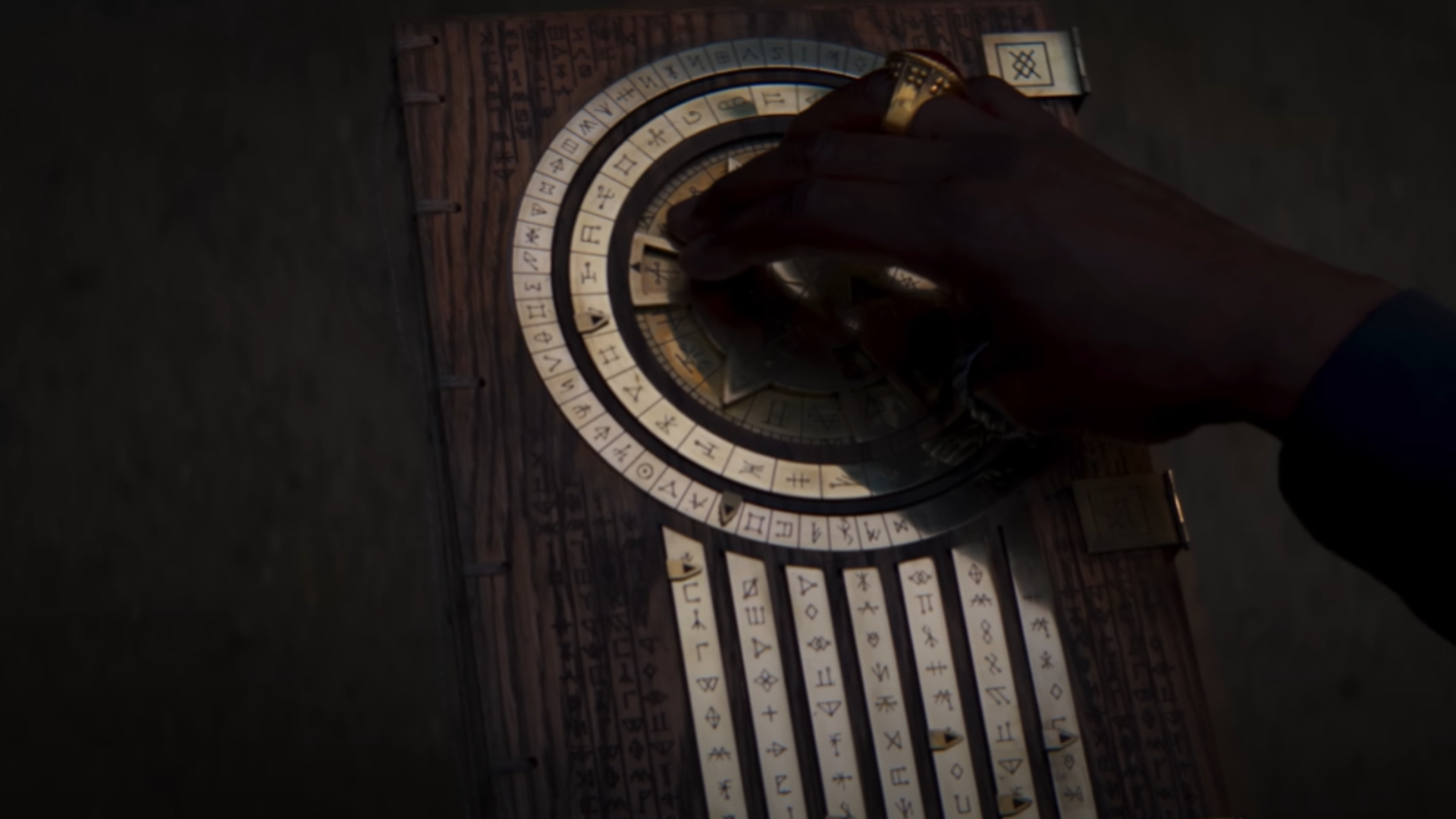
Earlier in the finale, Avallac’h made a huge discovery during his study of the Book of Monoliths. As he tells Merwyn, he works out that the obelisks allow travel not only between worlds but through time as well. In the Blood Origin post-credits scene, we see him put this into action as he is seen looking at Ciri from afar. It’s a moment that many viewers will recognize from The Witcher season 1, episode 1 when Ciri is playing dice in the palace of Cintra before she looks over at something in the distance.
We now know that Avallac’h is there looking on, but working out his motives is a little bit more tricky. One major theory is that he may know Ithlinne’s prophecy and that Ciri could be key to the downfall of the Continent as we know it. If this is the case, he could be doing everything he can to try and prevent this from happening. Whatever it means, one thing is for sure: we’ll be seeing Avallac’h again.
Will there be another season of The Witcher: Blood Origin?
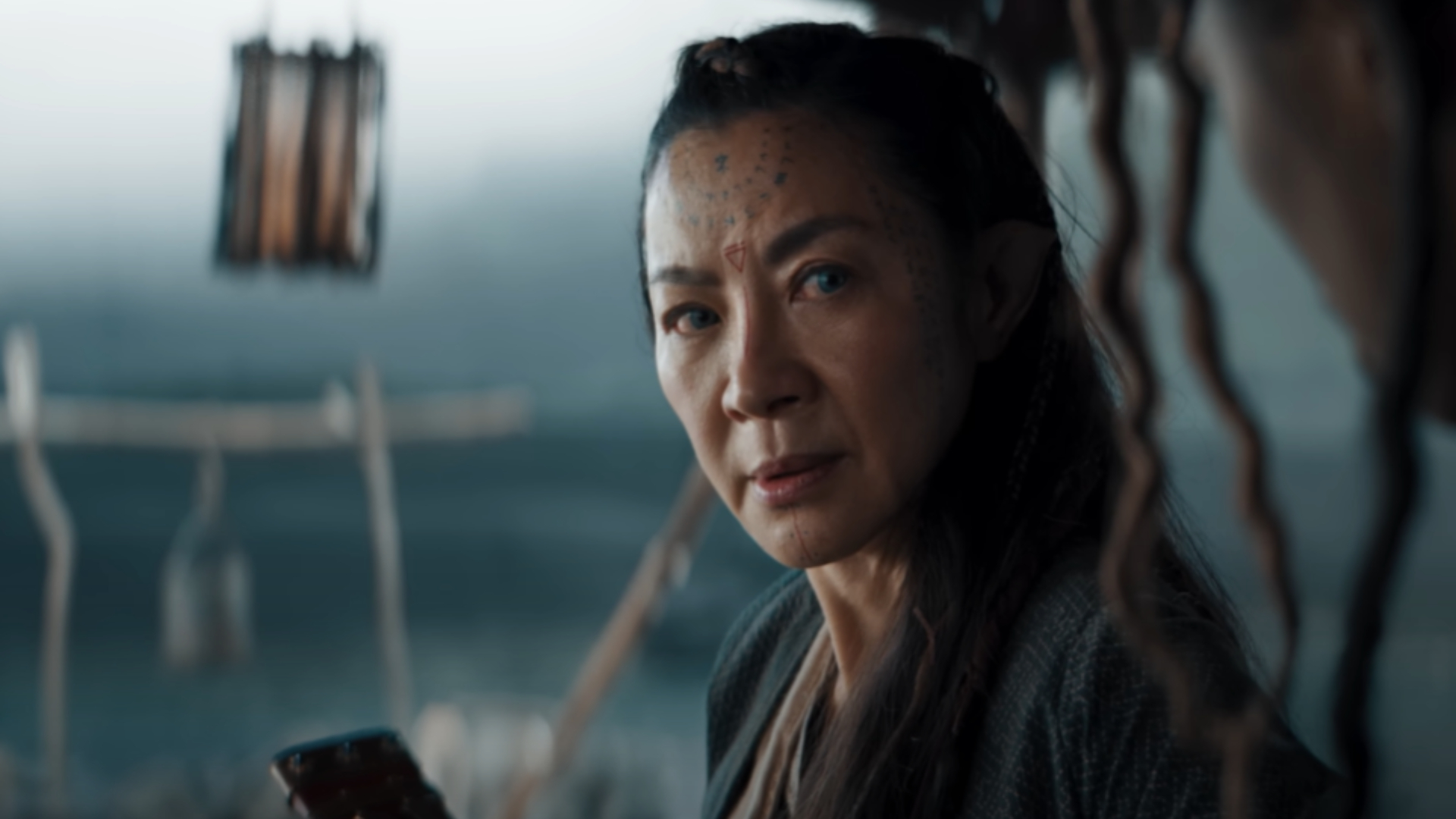
The Witcher: Blood Origin is billed as a limited series with no season 2 is currently planned. But given its strong ties to The Witcher universe, it’s likely that we’ll see some of these characters again. Main series showrunner Lauren Schmidt Hissrich teased this in an interview with Gamesradar+, referring to both Eredin and Avallac’h who will be coming back in the ongoing series.
"For me, it was just such a joy when Declan was like, 'I know they are going to come later in the series, are you okay if I introduce them?'" she told us. "I love it as a storyteller, the idea that we will now get to introduce characters that have had 1,200 years of growth and development."
The Witcher: Blood Origin is out on Netflix now. For more on the series, check out our explainers on:
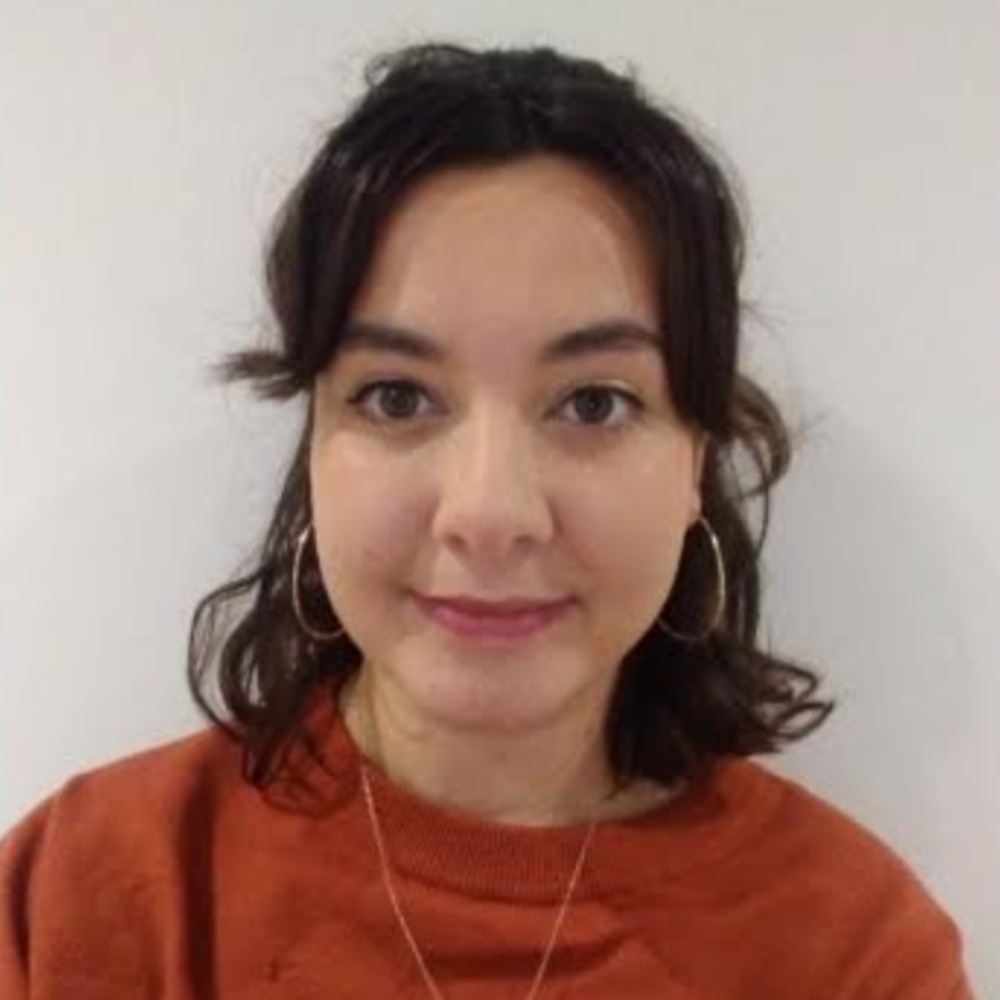
I’m the Deputy Entertainment Editor here at GamesRadar+, covering TV and film for the Total Film and SFX sections online. I previously worked as a Senior Showbiz Reporter and SEO TV reporter at Express Online for three years. I've also written for The Resident magazines and Amateur Photographer, before specializing in entertainment.


